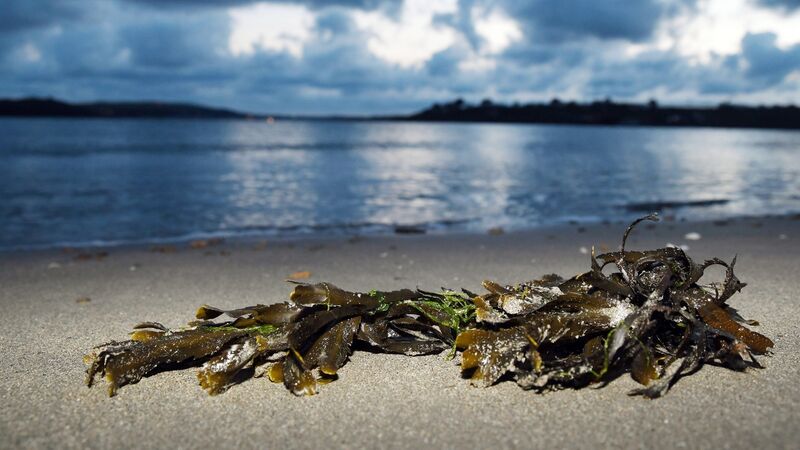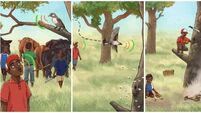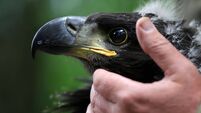Anja Murray: Seaweed is a deep-sea treasure — when it's growing, and when it washes up on shore

In recent years, the nutritional value of seaweeds is gaining recognition and now it is considered one of the most sustainable opportunities for food production in a future where food security is increasingly in jeopardy. Picture: Denis Minihane
The storms have left their mark on the shores of Connemara. Dramatic gales blowing over the coast have left the sandy intertidal zone strewn with masses of washed-up seaweed. These great linear piles are as much as a metre deep in places — a gigantic squelch of tangled, slippery kelp.
The big flat, blades of kelp are a brownish, olive-green colour, attached to long stipes, or stems, that are like big rubbery sticks. Some are more than a metre long and as thick as my wrist. The kelps that have been washed ashore in such abundance here are strapweed, oarweed, and sugar kelp — all species of the family Laminaria, the kelps.








